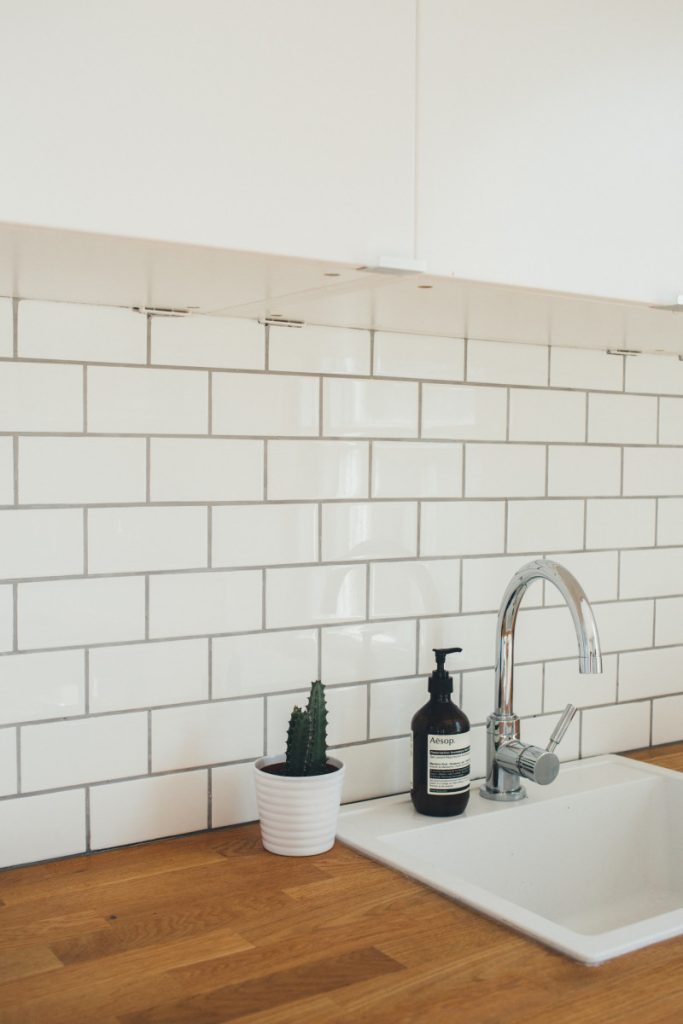Tile grout, often perceived as a mere functional necessity, plays a crucial role in the aesthetic success and longevity of your kitchen and bathroom tile installations. Grout not only secures the tiles in place and fills the gaps between them but also contributes to your space’s overall appearance and style. Proper selection, application, and maintenance of tile grout can make a significant difference in your projects’ visual impact and durability.
In this comprehensive guide, we will delve into the world of tile grout, providing you with essential insights and tips to help you select the best grout for your kitchen and bathroom renovation projects. By understanding tile grout properties, uses, and maintenance, you will be better equipped to make informed decisions when selecting the right grout products and techniques for your kitchen and bathroom tile installations.
Types of Tile Grout
Selecting the suitable tile grout type for your project is essential in ensuring your installations’ longevity and visual appeal. Here, we explore the major types of grout available in the market:
1. Cement-Based Grout: Cement-based grout is the most common and widely used type, primarily due to its affordability and ease of application. It is available in two main variations:
- Sanded Grout: This grout contains fine sand particles, making it ideal for larger grout joints (1/8 inch or larger). Sanded grout provides more durability and is less prone to shrinkage compared to non-sanded grout.
- Non-Sanded Grout: Suitable for thinner grout joints (less than 1/8 inch), non-sanded grout is smoother in texture and ideal for delicate tile materials such as glass or polished marble. However, it is more susceptible to shrinkage and cracking.
2. Epoxy Grout: Epoxy grout consists of a resin and hardener, resulting in a highly durable and stain-resistant grout suitable for moisture-intensive areas like showers and countertops. It offers excellent chemical resistance, making it ideal for commercial or industrial settings. Due to the added durability, epoxy grout tends to be more expensive and challenging to install for first-time users.
3. Urethane Grout: This pre-mixed grout type is flexible, water-resistant, and easy to apply. Urethane grout offers colour consistency, and it does not require sealing. Though pricier than cement-based grout, it provides superior stain resistance and durability.
Choosing the Right Colour
The colour of your tile grout significantly impacts the overall appearance of your kitchen and bathroom spaces. To choose the ideal colour for your project, consider the following factors:
1. Complement or Contrast: Determine if you want the grout colour to complement or contrast with your tiles. A complementary, matching colour will create a subtle, cohesive appearance, while a contrasting colour will accentuate the tile pattern and visually separate each tile.
2. Maintenance and Staining: Light-coloured grout may easily showcase dirt and stains than darker grout. Consider opting for a darker or more forgiving grout colour for areas prone to spills or moisture.
3. Visual Dynamics: A bold grout colour can create an eye-catching design feature in your kitchen or bathroom, adding character and personality to your space. Experiment with coloured grout to achieve a customized and unique effect tailored to your design preferences.
Tips for Grout Application
Proper grout application ensures a visually appealing and durable tile installation. Keep the following tips in mind when working with grout:
1. Mix Consistency: Follow the manufacturer’s instructions for mixing grout to ensure consistency. A mixture that is too wet or too dry can negatively impact the grout’s adhesion, appearance, and durability.
2. Use the Right Tools: Equip yourself with appropriate tools, such as a grout float, sponge, and bucket, for a smooth and efficient grout application process.
3. Proper Technique: Apply the grout using a diagonal motion, pressing it firmly into the grout joints to ensure even coverage and prevent air pockets.
4. Timely Cleanup: Wipe off excess grout promptly, using a damp sponge and clean water, before it dries on the tile surface. Be careful not to dislodge the grout within the joints during cleanup.
Grout Maintenance and Care
Taking care of your tile grout is paramount to maintaining the beauty and durability of your kitchen and bathroom spaces. Implement the following practices for optimal grout maintenance:
1. Grout Sealing: Sealing is crucial in preventing stains and moisture infiltration in cement-based grout. Follow the manufacturer’s timing and application methods guidelines and reseal as needed.
2. Regular Cleaning: To keep your grout looking fresh and clean, avoid using harsh chemicals or abrasive brushes that can damage the grout. Instead, opt for gentle cleaning solutions and a soft brush or sponge.
3. Address Repair Issues: If you notice any cracks or damage to your grout over time, promptly address these issues to prevent moisture and bacteria from infiltrating the grout joints and causing potential health hazards or structural concerns.
Conclusion
Understanding the importance of tile grout in kitchen and bathroom renovation projects is essential to achieve long-lasting, visually appealing results. You can create stunning and durable living spaces in your home by selecting the appropriate grout types and colours and following best practices for grout application and maintenance. Collaborate with tile installation professionals to ensure the highest quality execution, allowing your kitchen and bathroom spaces to look beautiful and stand the test of time.
Whether it is a commercial or residential project, our aim has always been to deliver a top-quality product on time and on budget since 2006. At Dynamic Tile & Stone, we’re honoured to work within the homes where people live and build lifelong memories. If you need tile installation in Vancouver, get in touch with us!


